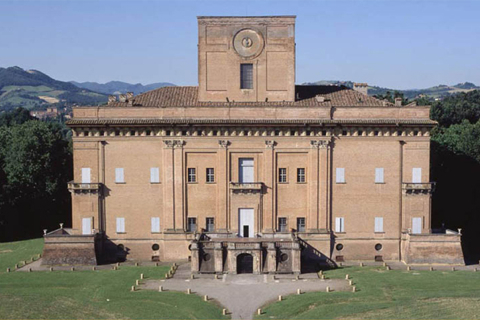-

PALAZZO ALBERGATI

- Commissioned in the late 17th century by Girolamo Albergati Capacelli and partially designed by Gian Giacomo Monti, this palace is so large and imposing as to be a visible landmark for miles around. Its austere exterior is in stark contrast with the surprising baroque elegance inside. The vaulted ceilings displaying frescoes with mythologicaI themes represent an important chapter in the history of local art between 1600 and 1700, with works by Alboresi, Colonna, Burrini, Pesci, Valliani, Bigari and Orlandi. Hosting a great many important European political and cultural figures, in the 1700s its great halls were used as theatres and concert halls by Francesco Albergati, playwright and actor. The structure has arrived to the present day intact, one of the prime examples of Baroque architecture in Italy today, and is currently being used to host conferences, exhibitions and musical and theatrical performances. The surrounding garden is laid out as an extension of the geometrically delininated spaces which existed before the building was constructed, in the form of country roads, ditches, and debris which tell of the palace's double role: as a country holiday residence and as an adminstrative office for the surrounding lands. The wide, linden-tree lined avenue framing the garden to the north is a modern addition. The Municipal Administration has promoted a contest of ideas about how to best revive the historical testimony offered by the garden and countryside.